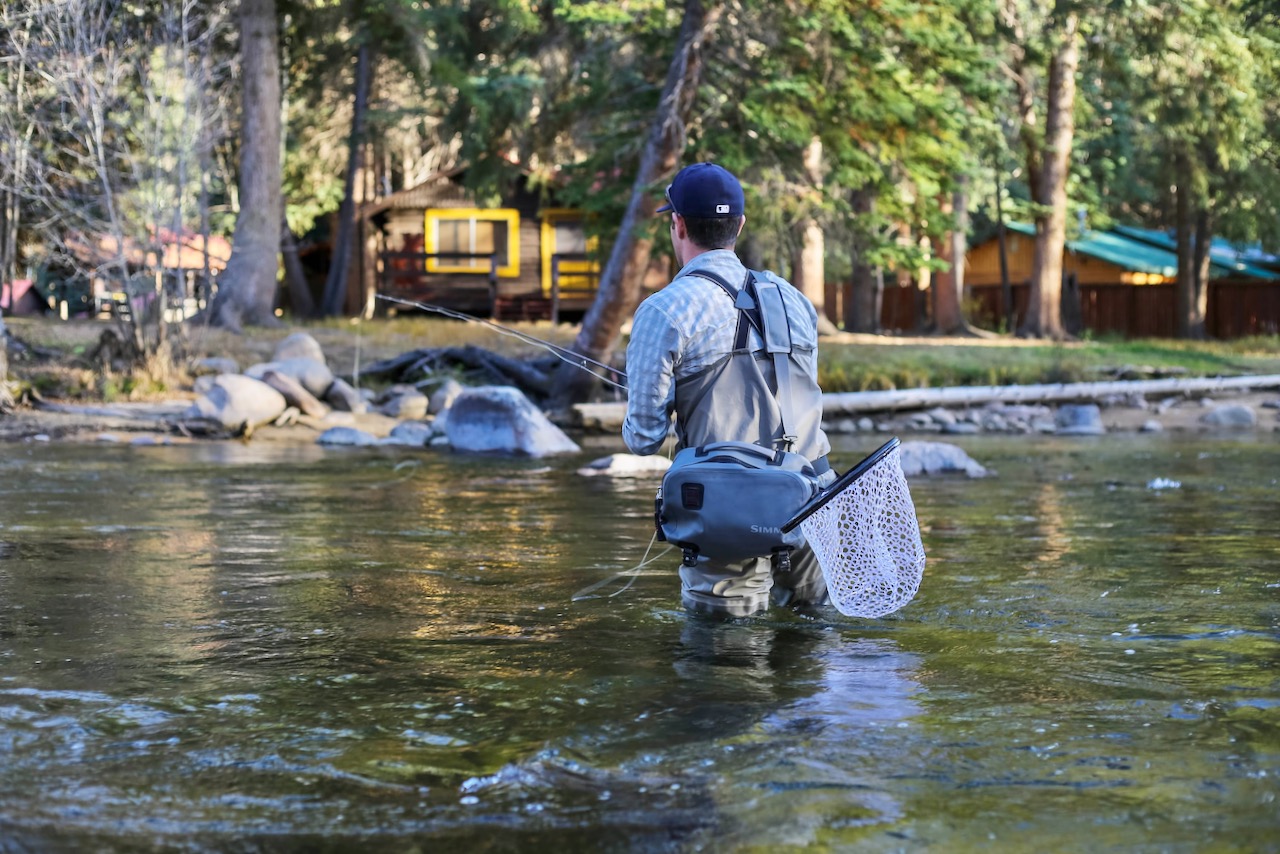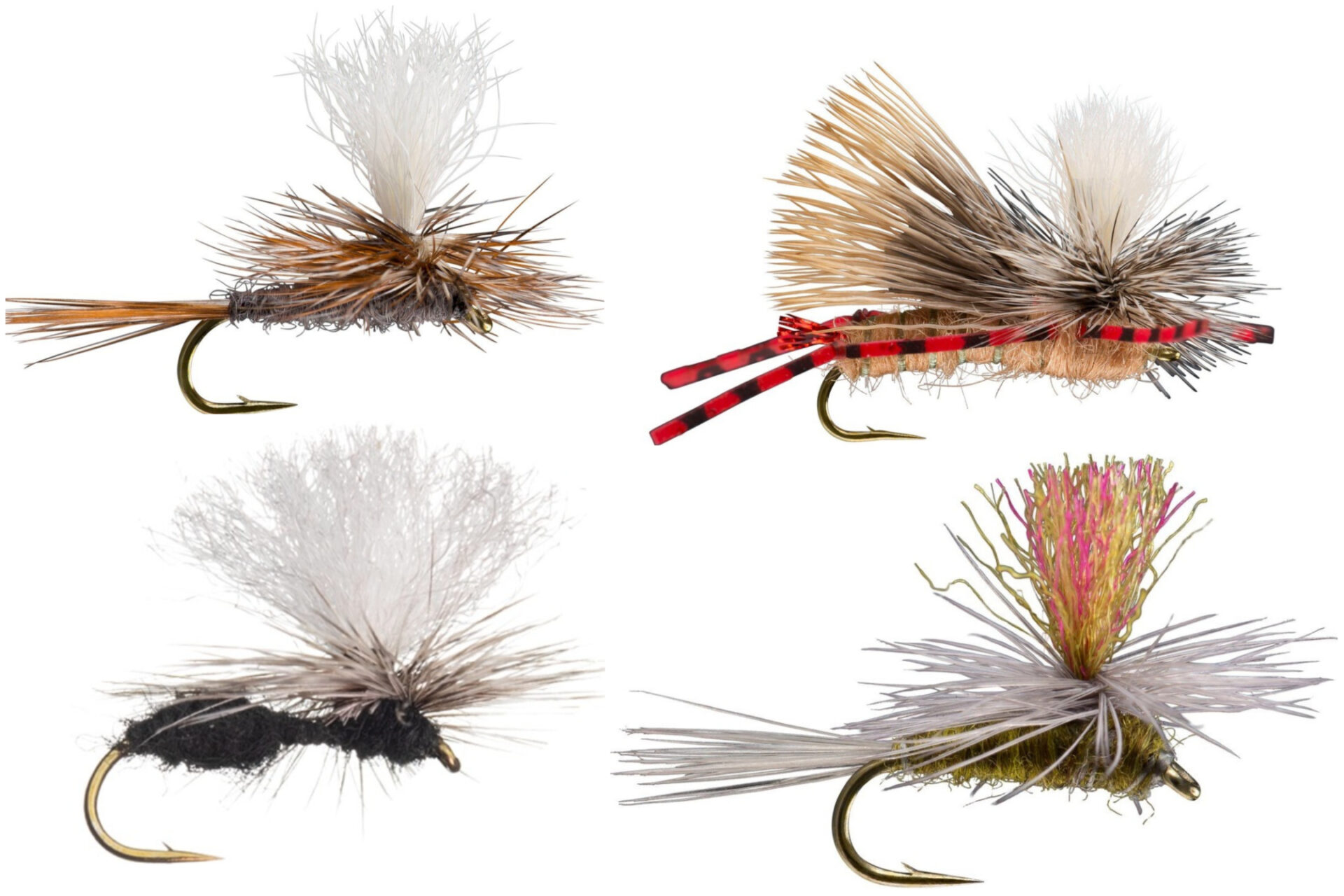DRY REVIVAL
Once ignored, these unconventional dry flies are now a must-have
Advertisement

TACTICAL USE
You can use parachute flies wherever and however you’d fish any dry fly. With their visibility making them quite easy to fish, they make excellent searching patterns—they’re one of my go-to choices on unfamiliar water or when there’s no apparent insect activity. The workhorse sizes are 12 and 14, but it’s handy to also have a few smaller and larger ones.
The grey body and mixed grizzly and brown hackle of the Parachute Adams is a proven fish-catching combo, derived from its popular forebear, the traditional Adams. I like parachute flies in generic cream, tan and black, too. Imaginative fly tiers have also created lethal, low-floating grasshopper and ant imitations using horizonal hackles. Amazingly, this once-ignored technique has already become yet another tool for fly designers, and I, for one, am excited to see what they come up with next.
Advertisement

